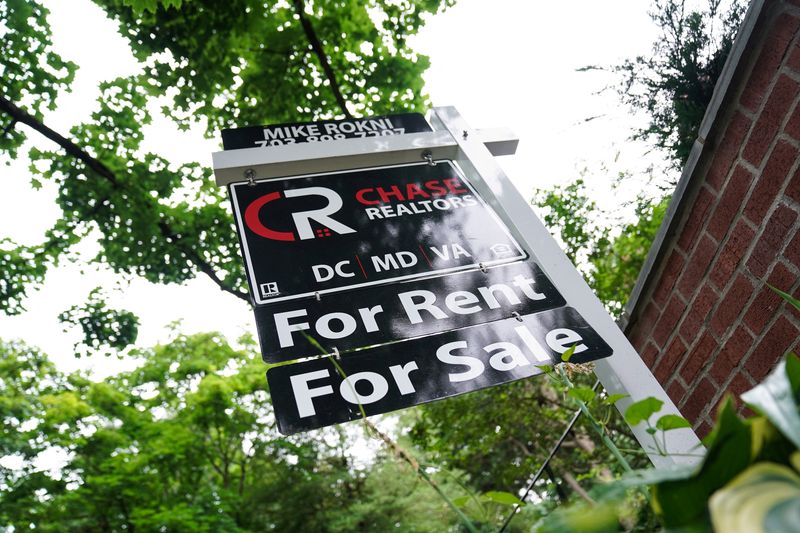WASHINGTON (Reuters) – U.S. single-family home prices in December increased at their slowest pace since the summer of 2020, surveys showed on Tuesday, but tight supply could limit an anticipated decline in house prices.
The S&P CoreLogic Case Shiller national home price index, covering all nine U.S. census divisions, increased 5.8% year-on-year in December. That was the smallest annual gain since mid-2020 and followed a 7.6% rise in November. Prices increased 5.8% in 2022, pulling back from 2021’s record-setting 18.9% gain.
“The cooling in home prices that began in June 2022 continued through year end, as December marked the sixth consecutive month of declines for our National Composite Index,” said Craig Lazzara, managing director at S&P DJI.
The housing market has been hammered by the Federal Reserve’s aggressive monetary policy stance, with residential investment contracting for seven straight quarters, the longest such stretch since 2009.
Though there are signs the housing market is stabilizing, with pending home sales rising by the most in more than 2-1/2 years in January and new home sales hitting a 10-month high, it will be a while before it turns around.
Mortgage rates have resumed their ascent after robust consumer spending and labor market data as well as strong monthly inflation readings raised the prospect of the U.S. central bank hiking interest rates into the summer.
The 30-year fixed mortgage rate increased to an average of 6.50% last week from 6.32% in the prior week, according to data from mortgage finance agency Freddie Mac. The third straight weekly increase lifted the rate to a three-month high.
A separate report from the Federal Housing Finance Agency on Tuesday showed home prices advanced 6.6% in the 12 months through December, the smallest rise since June 2020, after increasing 8.2% in November. They increased 6.6% in 2022 compared to a gain of 18.0% in 2021.
While higher mortgage are hurting demand and cooling house price inflation, the FHFA noted that “these negative pressures were partially offset by historically low inventory.”
(Reporting by Lucia Mutikani; Editing by Andrea Ricci)
